Running an online store can be as simple or as complex as you want it to be. One option is creating and selling your products, but that’s not easy. Another alternative is dropshipping, a business model that eliminates the need to create, store, and ship your products. We're not saying starting a dropshipping store is easy, but the benefits are worth it. Arguably, the biggest challenge is building a customer base, and that's where the practice of email marketing comes in.
In this article, we will tell you more about dropshipping and share some tips on launching a successful dropshipping email campaign.
Dropshipping — a viable business model for entrepreneurs
Traditional eCommerce stores can be expensive and difficult to manage. Even if you sell crafts or homemade goods, you still need to package and ship them to customers. Things are even harder for those selling furniture, electronics, or other products that occupy much space.
From this perspective, dropshipping is a better choice than conventional eCommerce. Not only does it eliminate the need for storage space, but it also requires lower initial investment and overhead costs.
With this business model, you can sell hundreds or thousands of products without stocking them yourself. Therefore, you can experiment with different niches, adapt to market trends, and scale your business without breaking the bank. On top of that, you're not tied to a specific location.
How does online dropshipping work?
First, you'll choose a niche and decide what you need to sell. After that, you'll team up with one or more suppliers and list their products on your site.
When someone places an order, you'll forward it to the supplier. The products will be packaged and shipped to customers on your behalf.
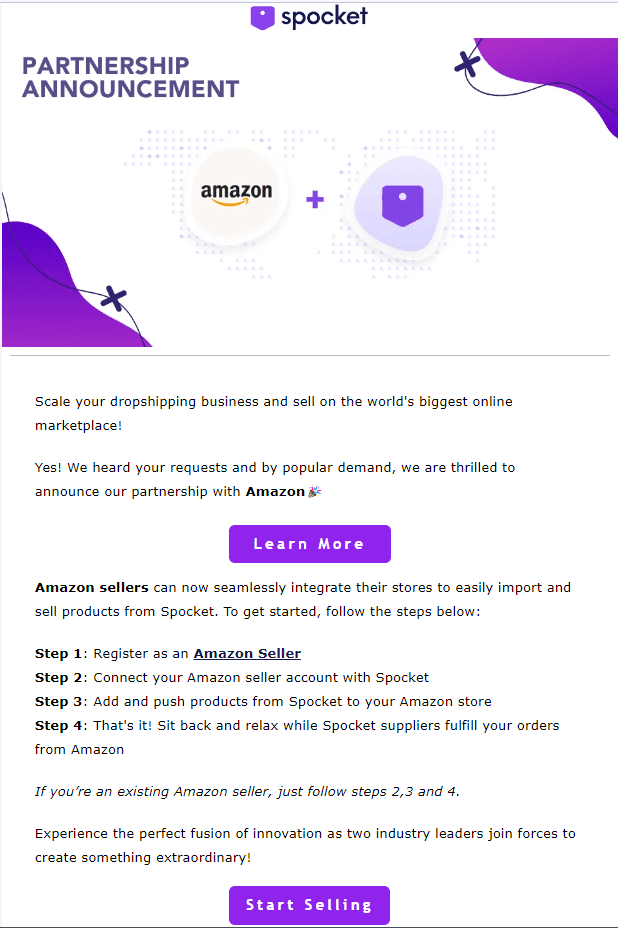
(Source: Milled)
As a dropshipper, you can set your own prices, and there's no need to pay upfront for the products you sell. Buyers will pay the price you set, and then you'll pay the supplier. Generally, it's best to work with manufacturers or wholesalers because they have lower prices than most retailers.
Let's say you sell photography equipment. Someone buys a $500 camera from your store, and you forward their order to the supplier. If the supplier's price is $350, you'll earn $150.
Note that you’re still responsible for the marketing side of things. Having a great product isn’t enough to make sales. You also need to actively promote your online store, build a social media presence, and keep customers engaged.
Leverage email marketing to grow your dropshipping business
Building an email list is one way to promote and grow your dropshipping business. This practice can make it easier to segment your audience and create personalized marketing messages that drive sales.
Email marketing has both immediate and long-term benefits. Think of it as an opportunity to collect feedback, increase website traffic, and build ongoing customer relationships. Over time, it can drive brand awareness and strengthen your position in the market. On top of that, every dollar spent on email marketing generates $36. By comparison, paid advertising yields an average return of $2 for every dollar spent.
Email marketing return on investment (ROI) in selected industries according to marketers worldwide (US Dollars)
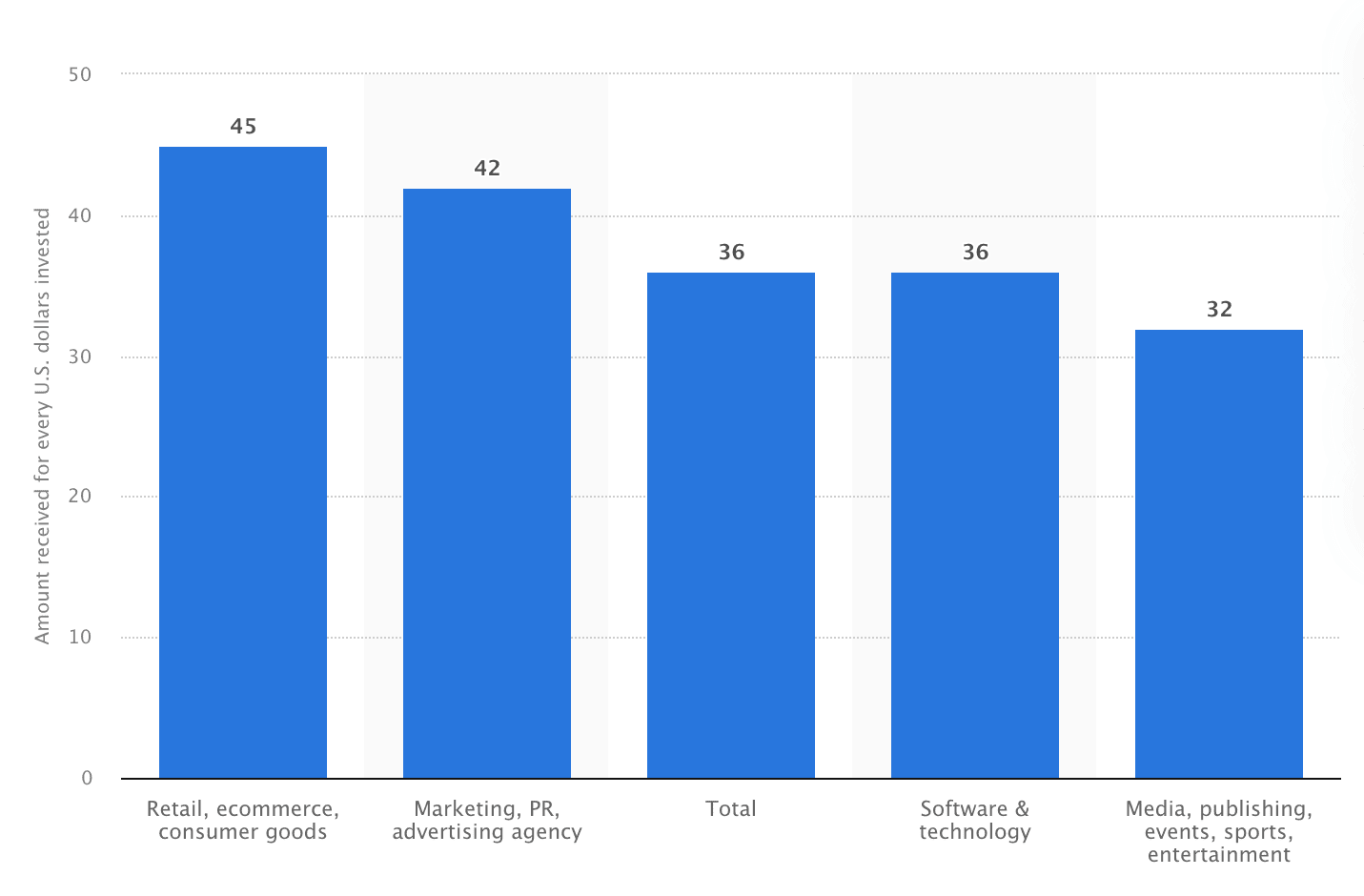
(Source: Statista)
You can continue using pay-per-click advertising and other marketing channels, but email remains the best way to connect with potential and current clients. First of all, you have full control over the content shared with your subscribers.
When you publish content on your website or social media, your message may not reach its target audience. Simply put, you’re at the mercy of Google, Facebook, Twitter, and other tech giants. But email marketing lets you talk directly to the people who are most likely to buy your products.
Second, you can collect customer data in real time and use it to personalize your emails. For example, you could send welcome emails, upsell emails, abandoned cart emails, digests, and other types of content based on what you know about each contact.
Let’s say a registered customer leaves your site after adding one or more products to their shopping cart. In this case, you could send a discount code by email to encourage them to complete the purchase. A few days later, you can send another email related to the availability of those products (e.g., “only [number] left in stock”) or one offering more details or social proof.
Third, there's the option to set up automated email workflows for different customer journey stages. This aspect alone can power up your business while saving you time and money.
How to launch a successful dropshipping email campaign
Developing an email campaign for your dropshipping business demands a strategic blend of creativity and precision. Developing an email marketing strategy that coincides with your short-term and long-term dropshipping goals is vital. You must be able to define and segment your audience, personalize your communications, and track the right metrics. That being said, here are the essential steps on how to create an email marketing campaign for your dropshipping business.
Put opt-in forms in the right places
Opt-in forms are essential when launching an email marketing campaign for a dropshipping business because they allow you to collect the email addresses of potential customers interested in your products or services.
When someone subscribes to your email list, they are giving you permission to communicate with them directly. This asset must not be taken for granted, as it allows you to build relationships with your customers and keep them up-to-date on your latest products, promotions, and sales. This will allow you to collect customer information such as names, phone numbers, email addresses, and other relevant data.
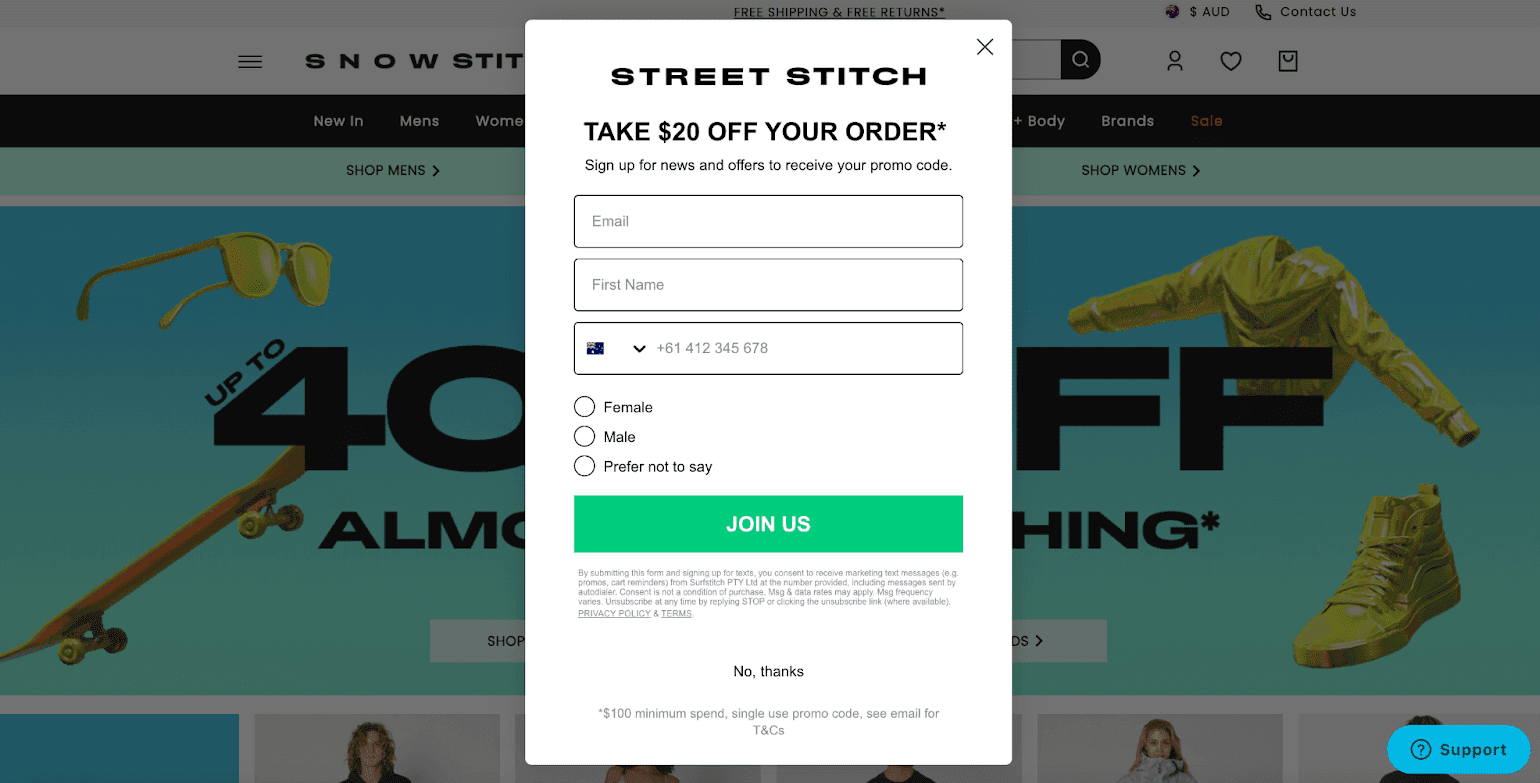
(Source: SurfStitch opt-in form)
Once you have received the relevant data from your target audience, you can start segmenting your email list based on certain demographics, interests, and purchase history to ensure that the emails being sent are relevant to each recipient. This will eventually help you improve your overall email open rates, click-through rates, and conversion rates.
Segment your email list
Segmenting your email list is critical when launching a successful dropshipping email campaign. By tailoring your communication to specific audience groups, you will be able to enhance the relevance and personalization of your emails, resulting in an increase in conversions and click-through rates, a reduction in customer churn, and an improved user experience.
One key benefit of segmenting your email list is the ability to target customers based on their purchasing behavior. Customers may have varying purchasing histories, preferences, and spending levels with dropshipping.
By categorizing your email list into different segments, such as frequent buyers, occasional shoppers, and abandoned cart users, you can then create tailored messages that address their specific needs and behaviors.
For example, offering exclusive discounts to frequent buyers or reminding abandoned cart users of their unfinished transactions can rekindle interest and prompt action.
Demographic and psychographic segmentation offers another layer of refinement to your email list. Tailoring your email content based on factors such as age, location, interests, and lifestyle can significantly enhance engagement.
For instance, if your dropshipping products range from home decorations to electronic gadgets, you can create segments targeting tech-savvy customers who love reading about new upcoming tech and also target those who seek unique interior design pieces.

(Source: ReallyGoodEmails)
Creating emails catering to each target group's interests will foster a stronger emotional connection to your brand, increasing the likelihood of conversions. By timing your messages effectively and considering the time zones and local holidays of your subscribers, you can schedule emails to reach recipients at optimal times, maximizing click-through rates.
Plan your email marketing strategy
The end goal of email marketing is to drive sales. However, most consumers won't buy your products after one email. You must first get their attention, establish rapport, and give them a reason to choose your brand.
A good starting point is to create a welcome email series. It's an opportunity to introduce yourself, thank people for signing up, and tell them what to expect.
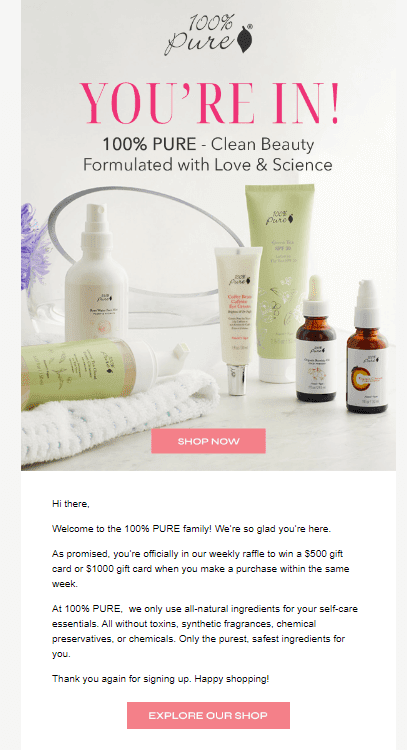
(Source: Email from 100% PURE)
After that, you'll send out different types of emails with specific goals, such as lead nurturing, upselling or cross-selling, increased brand awareness, or user re-engagement.
These can be broken down into several categories, including:
- promotional emails (e.g., new product announcements or flash sales);
- transactional emails (e.g., account log-in alerts, order confirmations, or cart abandonment emails);
- lifecycle emails (e.g., win-back emails, feedback emails, onboarding emails, etc.);
- informational emails (e.g., product updates, event invitations, or newsletters).
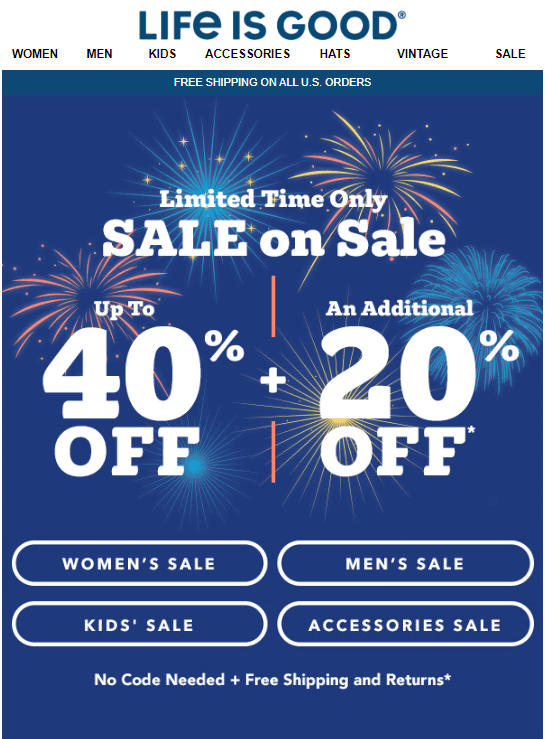
(Source: Email from Life is Good)
Some of these categories may overlap, and that's normal. What matters most is to set clear goals for each email you send and provide value at every touchpoint. For example, feedback emails may contain a discount code for subscribers who take a survey or fill out a form.
Make it personal
Personalizing emails can dramatically improve customer engagement and foster a stronger emotional connection between the brand and the customer. By tailoring each email to an individual's preferences, marketers can cut through the noise and deliver genuinely relevant content tailored to an individual's interests.
For example, including a recipient's name and location in an email can create a sense of familiarity, making the communication feel more like a one-on-one conversation rather than a mass email. You should also consider your customers' age, educational background, and pain points when tailoring the email body, CTA buttons, and images to the needs and preferences of each group.
On a similar note, creating emails that surprise your subscribers with birthday and anniversary messages, location-based offers, and custom product recommendations goes a long way in terms of gaining a loyal customer base.
Do A/B testing and measure the results
The success of an email marketing strategy depends on several factors, some of which are out of your control. You don't know how customers will react to your message or how they feel about your brand, so you must continuously test your campaigns.
One way to do that is to send two or more versions of an email to different subscriber groups. Each email may have a different subject line, layout, content, CTA, images, etc. The winning version depends on what you want to measure, such as the click-through rate.
In the context of email marketing for a dropshipping business, A/B testing offers several significant benefits. It allows you as a marketer to make informed decisions based on concrete data rather than best guesses or assumptions. For example, when testing different subject lines, you can conclude which one resonates better with your target audience, resulting in higher open rates.
Wrapping up
Online dropshipping presents both opportunities and challenges. Perhaps the most difficult part is setting your dropshipping store apart and building a loyal customer base. While there are several ways to do that, email has several advantages over other marketing channels.
An effective email marketing campaign can also increase customer lifetime value, brand loyalty, and other key performance metrics. Plus, you can send different types of emails to inform, entertain, reward, or re-engage your customers.
Remember, email marketing is an ongoing process. To succeed, you must try different strategies, fine-tune your copy, and keep your subscribers engaged. Use this guide as a starting point and adjust your approach along the way.


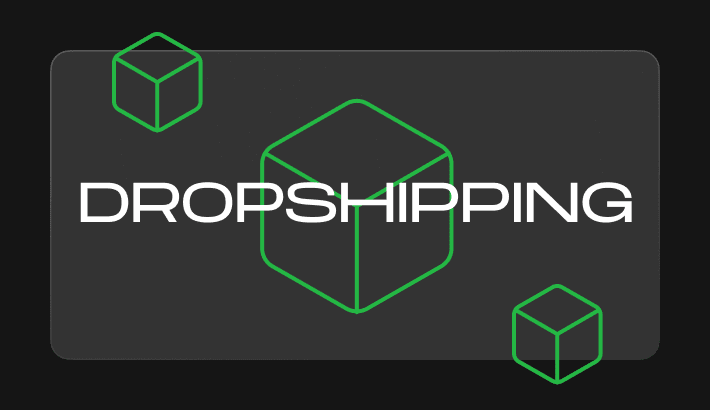


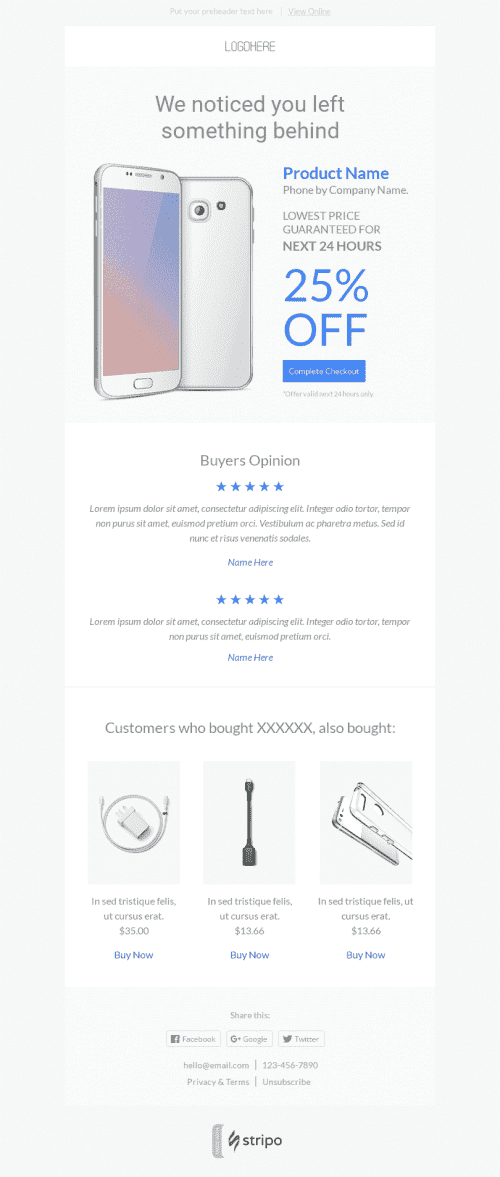
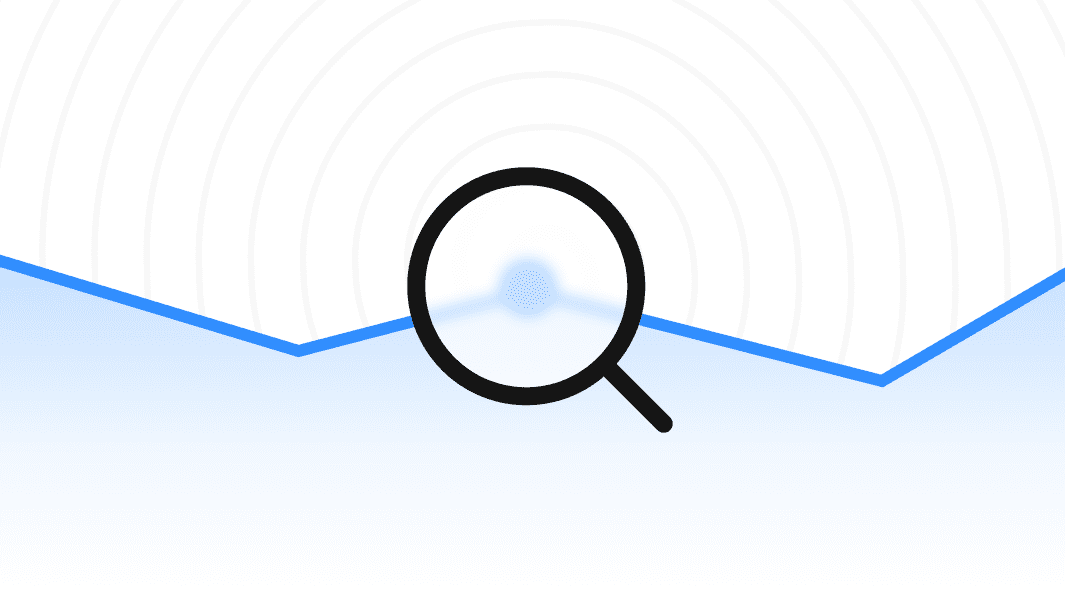

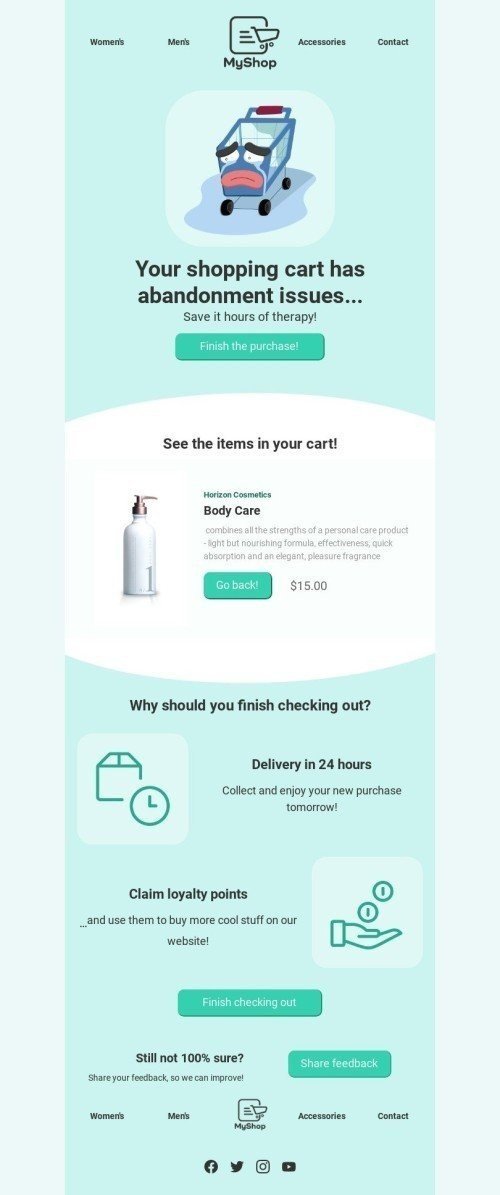
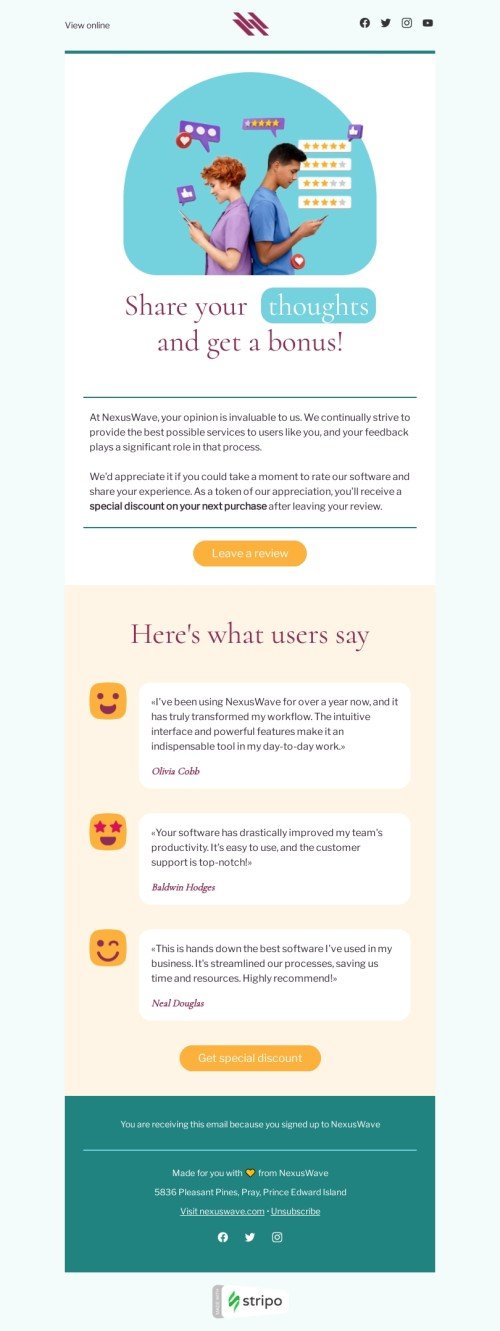
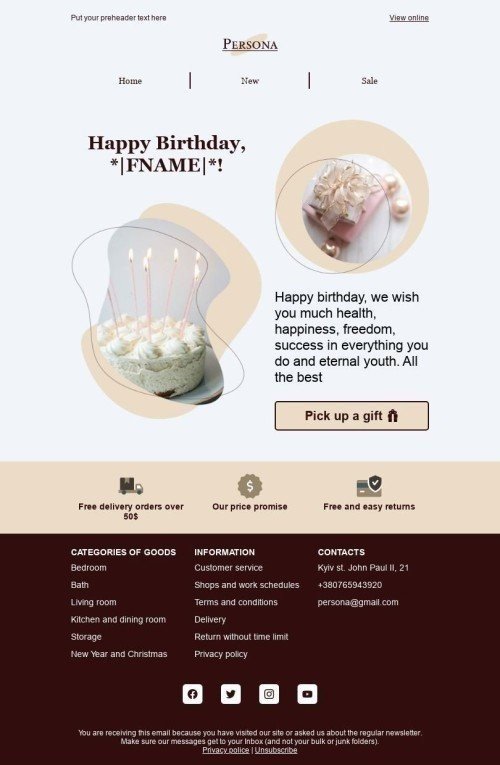


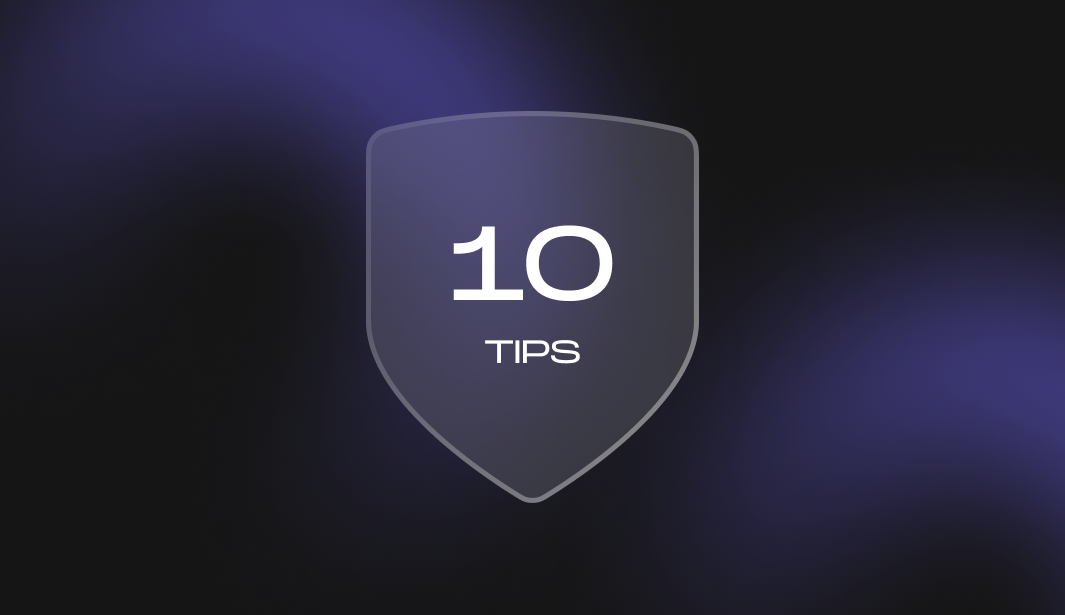

0 comments